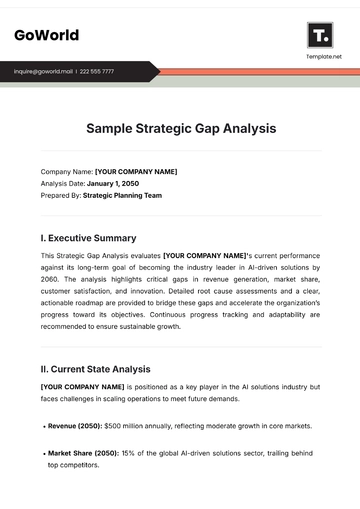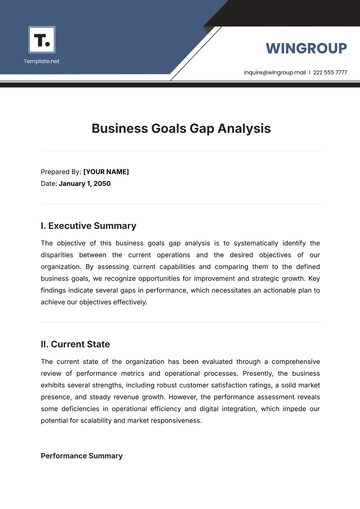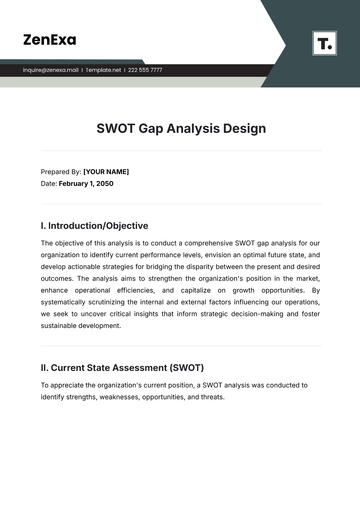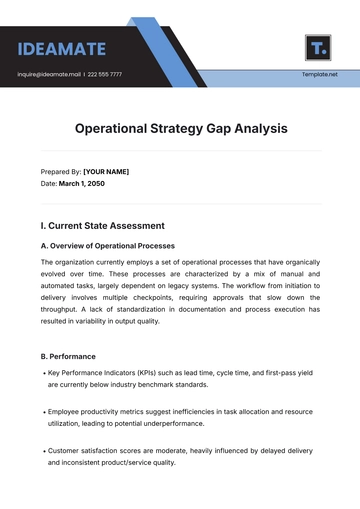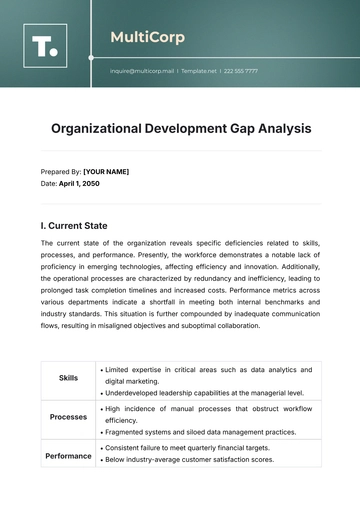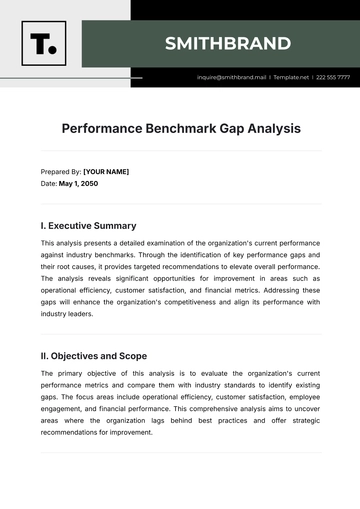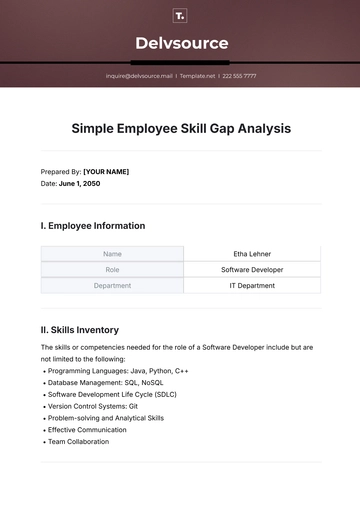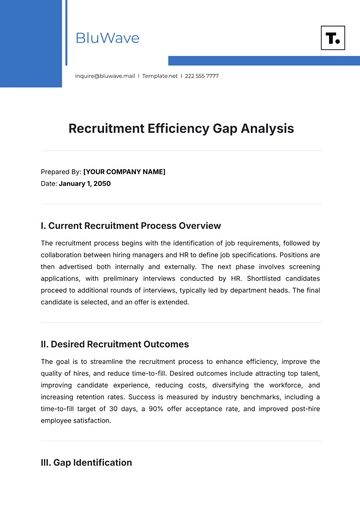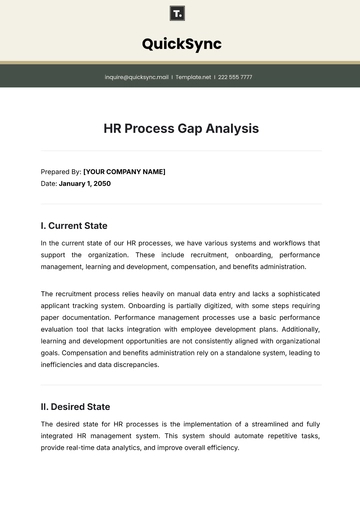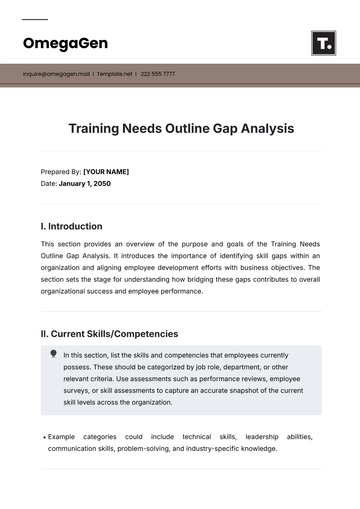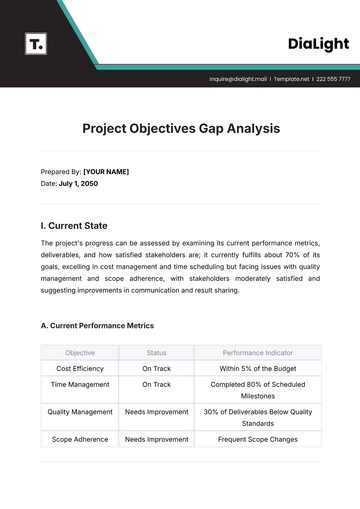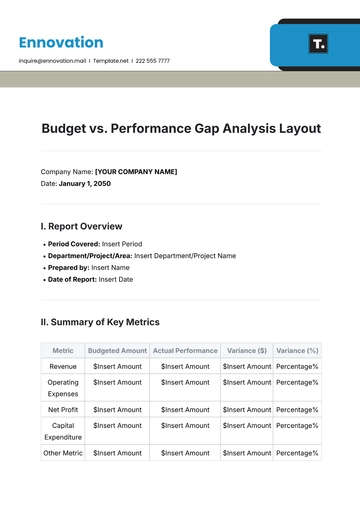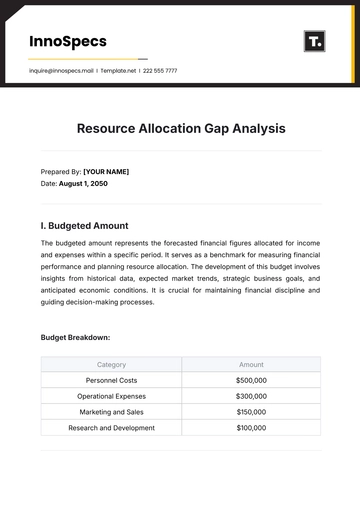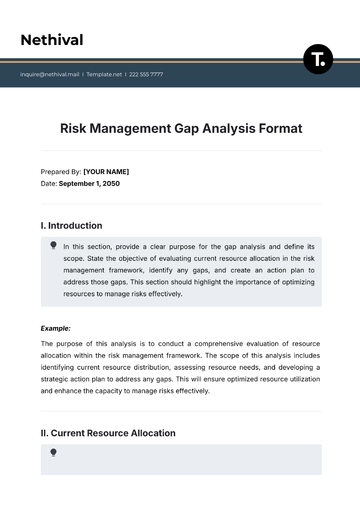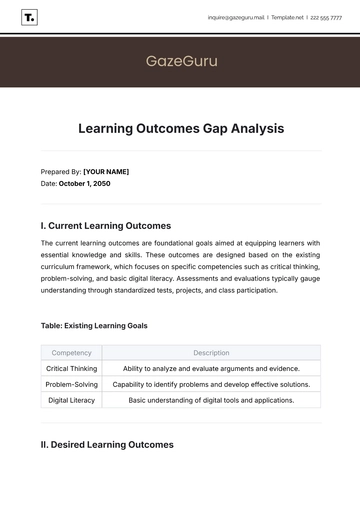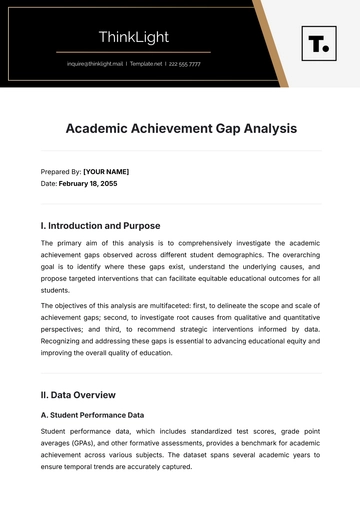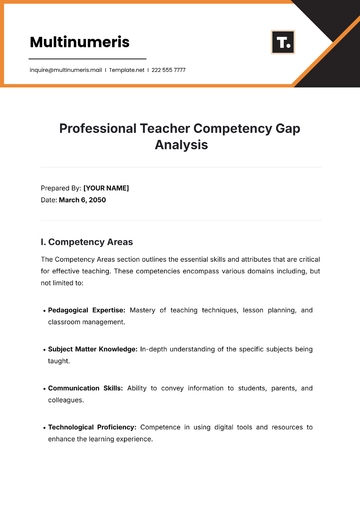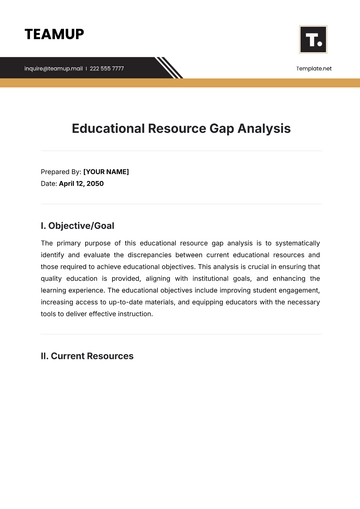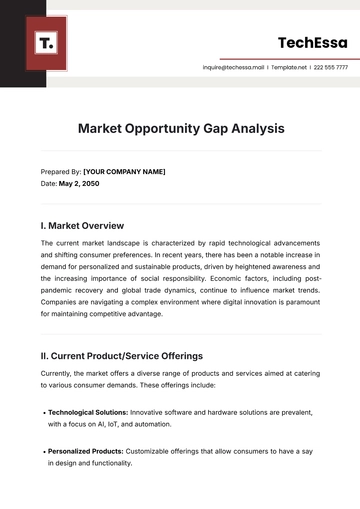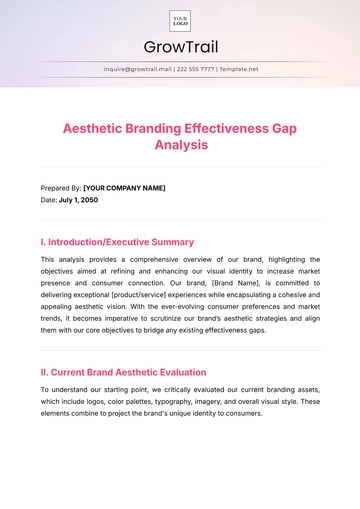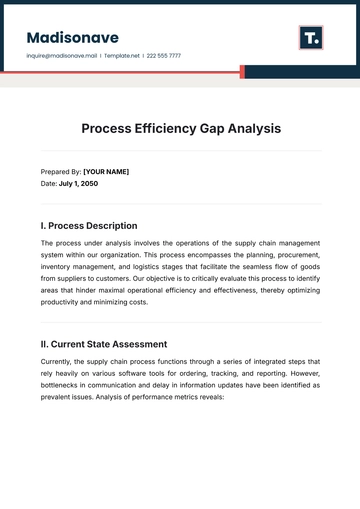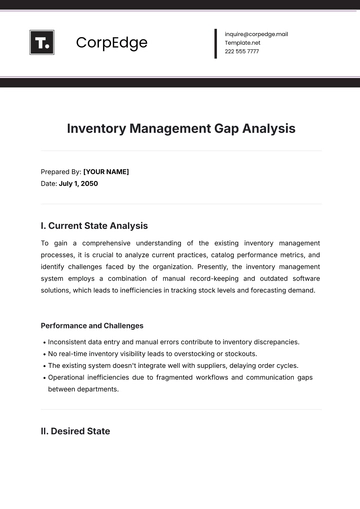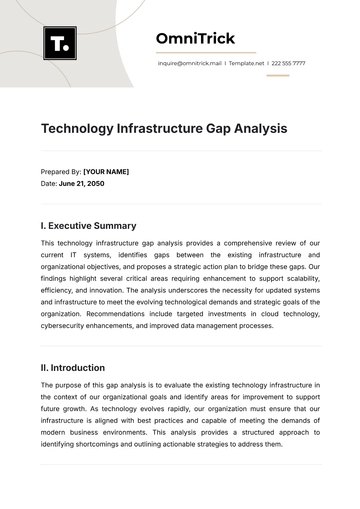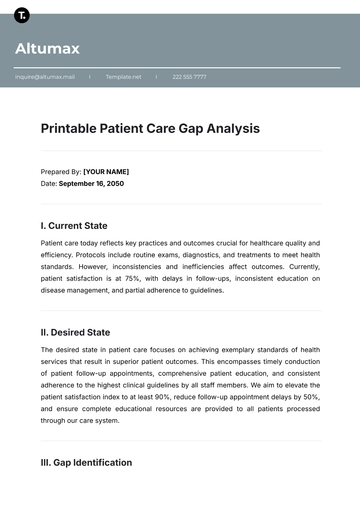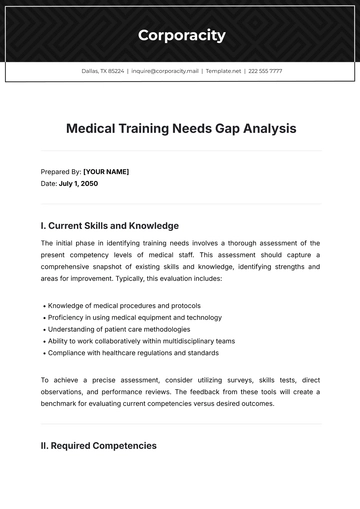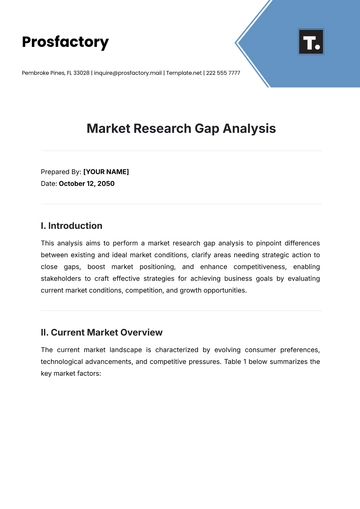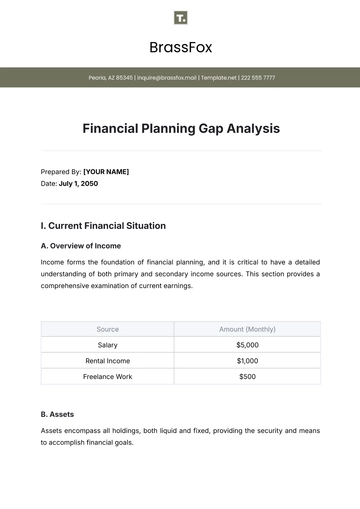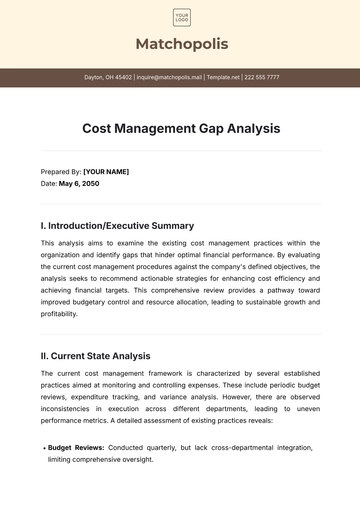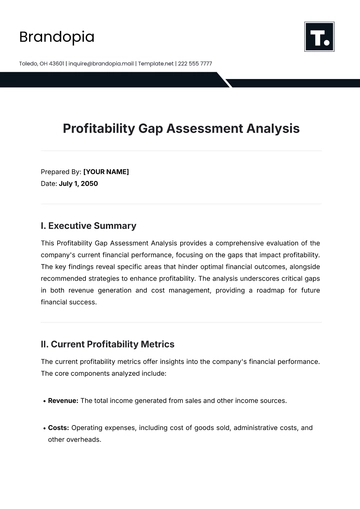Free Car Rental Need Analysis
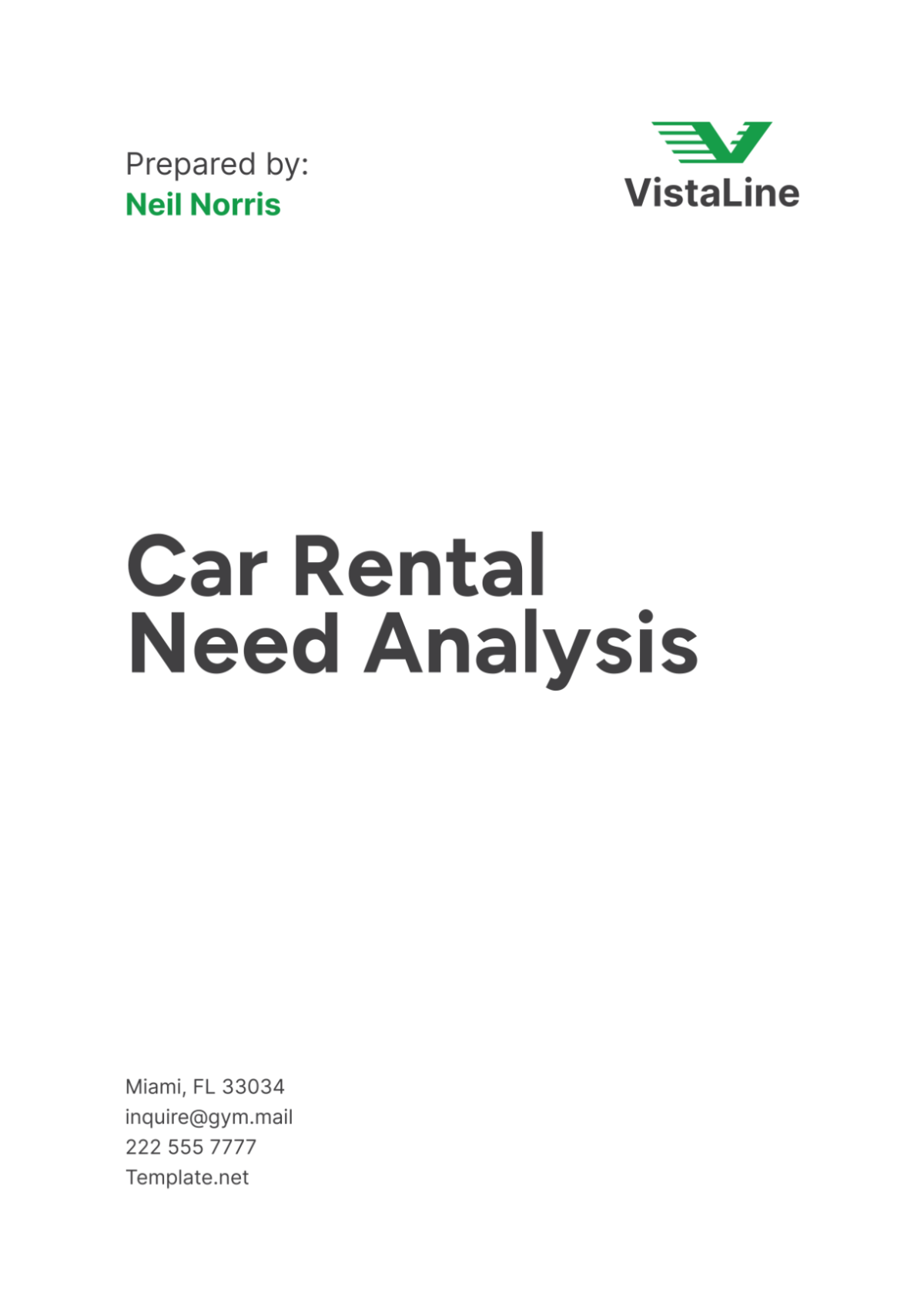
I. Market Assessment
A. Market Overview
Market Size and Growth Trends
The car rental industry has experienced robust growth in recent years, driven by increasing travel demand and urbanization. In [Year], the global car rental market was valued at $86 billion, with projections suggesting it will reach $141 billion by [Year]. This growth is fueled by several factors, including the rise in business and leisure travel, increased tourism activities, and the growing trend of ride-sharing services. The market is characterized by significant geographical variations, with North America, Europe, and Asia-Pacific being the largest markets.
Geographic and Demographic Factors
Geographic and demographic factors play a crucial role in shaping the car rental market. Urban areas with high population densities, substantial tourist inflows, and business hubs represent significant opportunities. Demographic trends such as increasing disposable incomes, the rise of the middle class in emerging economies, and a growing preference for convenience and flexibility in transportation options also contribute to the demand for car rentals.
Economic Indicators Affecting the Car Rental Industry
Economic indicators such as GDP growth, disposable income levels, and consumer spending patterns have a direct impact on the car rental industry. A robust economy typically leads to higher travel and tourism activities, boosting demand for car rentals. Conversely, economic downturns can negatively affect travel plans and reduce rental volumes. Understanding these indicators helps in predicting market trends and making informed business decisions.
B. Demand Analysis
Historical Demand Trends
Analyzing historical demand trends provides valuable insights into market dynamics. Over the past decade, the car rental industry has shown resilience and steady growth, even amidst economic fluctuations. Key demand drivers include increased corporate travel, a rise in international tourism, and growing urbanization. Seasonal variations are also evident, with peak demand during holiday seasons, summer months, and major events.
Seasonal Variations and Peak Periods
Seasonal variations significantly impact car rental demand. Summer vacations, winter holidays, and major events such as conferences, festivals, and sports tournaments typically see a surge in rental activity. For example, during the holiday season, families often rent vehicles for road trips, while business conferences boost demand for premium and luxury cars. Understanding these patterns enables better fleet management and resource allocation.
Future Demand Projections
Future demand projections indicate continued growth for the car rental industry. Factors such as increasing travel activities, rising disposable incomes, and technological advancements in booking and fleet management systems are expected to drive demand. Additionally, the adoption of electric vehicles and a growing preference for eco-friendly transportation options present new opportunities for growth.
C. Regulatory Environment
Local and National Regulations
Compliance with local and national regulations is essential for operating a car rental business. These regulations encompass licensing requirements, safety standards, environmental regulations, and consumer protection laws. Adherence to these regulations ensures legal compliance and builds customer trust.
Licensing and Insurance Requirements
Obtaining the necessary licenses and insurance is critical for operating a car rental business. This includes business licenses, vehicle registration, and rental-specific permits. Comprehensive insurance coverage for the fleet and liability insurance are also mandatory to protect the business and customers.
Environmental and Safety Standards
Environmental and safety standards are increasingly influencing the car rental industry. Regulations promoting the use of low-emission and electric vehicles, as well as stringent safety standards, are shaping fleet composition and operational practices. Implementing these standards not only ensures compliance but also enhances the company's reputation as a responsible and sustainable business.
II. Customer Needs
A. Customer Segmentation
Identification of Customer Segments
Understanding customer segments is crucial for tailoring services to meet their specific needs. [Your Company Name] identifies three primary customer segments: business travelers, tourists, and local residents. Each segment has distinct rental behaviors and preferences, requiring targeted marketing and service strategies.
Demographic and Psychographic Profiles
Business travelers, typically aged between 30-50, prioritize convenience, efficiency, and premium services. Tourists, ranging from young adults to retirees, seek affordability, ease of booking, and flexibility. Local residents, often families or individuals needing temporary transportation, focus on cost-effectiveness and availability.
Rental Behaviors and Preferences
Business travelers prefer premium and luxury vehicles, often for short-term rentals. Tourists opt for economy and mid-size cars, with longer rental durations. Local residents usually rent for specific needs such as weekend trips or special occasions, favoring budget-friendly options.
B. Customer Expectations
Preferred Vehicle Types and Features
Customers have varying preferences for vehicle types and features. Business travelers often require luxury sedans and SUVs equipped with modern amenities. Tourists prefer fuel-efficient and compact cars, while local residents may opt for versatile vehicles such as minivans or economy cars.
Service Quality and Convenience
High service quality and convenience are paramount for customer satisfaction. Customers expect quick and hassle-free booking processes, prompt and courteous customer service, well-maintained vehicles, and seamless pickup and drop-off experiences. Providing additional services such as GPS navigation, child seats, and roadside assistance enhances the overall customer experience.
Pricing and Affordability
Competitive pricing and transparent fee structures are essential for attracting and retaining customers. Offering various pricing options, including daily, weekly, and monthly rates, along with promotional discounts and loyalty programs, can cater to different customer needs and budgets.
C. Customer Feedback and Pain Points
Analysis of Customer Reviews and Feedback
Analyzing customer reviews and feedback provides insights into their experiences and identifies areas for improvement. Common positive feedback highlights well-maintained vehicles, friendly staff, and efficient service. Negative feedback often points to issues such as hidden fees, long wait times, and vehicle availability.
Identification of Common Issues and Areas for Improvement
Addressing common customer issues and pain points is crucial for improving service quality. Enhancements can include clearer pricing information, streamlined booking processes, and better fleet management to ensure vehicle availability. Implementing a robust feedback system allows for continuous monitoring and improvement.
Assessment of Unmet Needs and Demands
Identifying unmet customer needs and demands helps in developing new services and offerings. For example, there may be a demand for electric vehicles, long-term rental options, or chauffeur-driven services. Meeting these needs can differentiate [Your Company Name] from competitors and attract new customers.
III. Competitive Landscape
A. Competitor Analysis
Identification of Key Competitors
Identifying key competitors helps understand the competitive landscape. Major players in the car rental market include Enterprise, Hertz, and Avis, along with regional and local rental companies. Each competitor has its strengths and weaknesses, influencing their market positioning.
Market Share and Positioning
Analyzing market share and positioning provides insights into competitors' strengths. Enterprise, Hertz, and Avis hold significant market shares due to their extensive fleets, widespread locations, and strong brand recognition. Regional and local competitors may have niche advantages in specific areas or customer segments.
Strengths and Weaknesses of Competitors
Understanding competitors' strengths and weaknesses helps identify opportunities for differentiation. For instance, large companies like Enterprise offer extensive fleet options and nationwide presence but may lack personalized customer service. Smaller competitors may excel in customer service but have limited vehicle choices and locations.
B. Competitive Pricing Analysis
Pricing Strategies of Competitors
Analyzing competitors' pricing strategies helps in positioning [Your Company Name] competitively. Competitors may use various pricing models, including dynamic pricing, seasonal discounts, and membership programs. Understanding these strategies aids in developing a competitive pricing structure.
Comparison of Rental Rates and Fees
A detailed comparison of rental rates and fees provides insights into market pricing. For example, Enterprise may charge higher rates for premium services, while local companies offer budget-friendly options. Identifying competitive pricing points ensures that [Your Company Name] remains attractive to different customer segments.
Value-Added Services and Differentiators
Competitors often offer value-added services to enhance their offerings. These may include loyalty programs, free upgrades, or additional driver options. Identifying these services helps [Your Company Name] develop unique differentiators to attract and retain customers.
C. SWOT Analysis
Internal Strengths and Weaknesses
Conducting a SWOT analysis helps identify [Your Company Name]'s internal strengths and weaknesses. Strengths may include a strong brand reputation, wide range of vehicle options, and excellent customer service. Weaknesses could be limited presence in certain geographic regions and higher operational costs compared to some competitors.
External Opportunities and Threats
External opportunities and threats shape the market environment. Opportunities include expansion into emerging markets, adoption of electric and hybrid vehicles, and partnerships with travel and tourism companies. Threats encompass intense competition, economic downturns, and regulatory changes impacting the car rental industry.
IV. Operational Requirements
A. Fleet Management
Types and Sizes of Vehicles Needed
Effective fleet management is essential for meeting diverse customer needs. [Your Company Name] should maintain a balanced fleet comprising economy, mid-size, premium, and luxury vehicles. Additionally, electric and hybrid vehicles cater to environmentally conscious customers and meet regulatory requirements.
Vehicle Procurement and Leasing Options
Procuring vehicles through purchase or leasing options requires careful consideration. Purchasing provides long-term asset value, while leasing offers flexibility and lower initial investment. Evaluating the cost-benefit of each option helps determine the optimal fleet composition.
Maintenance and Servicing Requirements
Regular maintenance and servicing of the fleet ensure vehicle reliability and customer safety. Implementing a robust maintenance schedule that includes routine inspections, oil changes, tire rotations, and other necessary services minimizes downtime and extends the lifespan of the vehicles. Additionally, having partnerships with reliable service providers ensures that maintenance is performed efficiently and to high standards.
B. Technology and Infrastructure
Online Booking and Reservation Systems
Implementing advanced online booking and reservation systems enhances customer convenience and operational efficiency. Features such as real-time availability, secure payment options, and mobile app integration streamline the booking process. This technology enables customers to book, modify, and cancel reservations easily, improving overall customer satisfaction.
Fleet Management Software
Adopting fleet management software helps in tracking and managing the vehicle inventory effectively. This software provides real-time data on vehicle location, maintenance schedules, fuel consumption, and usage patterns. It aids in optimizing fleet utilization, reducing operational costs, and ensuring timely maintenance.
Customer Relationship Management (CRM) Systems
A robust CRM system helps in managing customer interactions and improving service quality. CRM systems store customer information, preferences, and rental history, enabling personalized service and targeted marketing. This technology also assists in handling customer inquiries, feedback, and complaints efficiently.
C. Staffing and Training
Staffing Needs and Roles
Determining staffing needs involves identifying key roles required for smooth operations. These roles include customer service representatives, fleet managers, maintenance technicians, and administrative staff. Ensuring that each role is filled with qualified and trained personnel is crucial for providing high-quality service.
Training Programs and Requirements
Investing in comprehensive training programs ensures that staff are well-equipped to handle their responsibilities. Training should cover customer service skills, vehicle maintenance procedures, safety protocols, and the use of technology systems. Regular training updates keep staff informed about industry best practices and new developments.
Employee Performance and Satisfaction
Monitoring employee performance and ensuring job satisfaction are vital for maintaining a motivated workforce. Implementing performance evaluation systems, offering incentives, and creating a positive work environment contribute to higher employee retention and better service quality.
D. Location and Facilities
Ideal Locations for Rental Offices
Choosing strategic locations for rental offices is crucial for accessibility and visibility. Ideal locations include airports, city centers, business districts, and tourist hotspots. These locations should have high foot traffic, easy access to transportation networks, and ample parking facilities.
Facility Requirements and Setup
Setting up rental offices requires adequate facilities to support operations. Offices should have customer service desks, waiting areas, vehicle inspection zones, and administrative spaces. Ensuring that facilities are well-maintained and equipped with necessary technology enhances operational efficiency and customer experience.
Accessibility and Convenience for Customers
Making rental offices accessible and convenient for customers involves considering factors such as proximity to major roads, availability of public transportation, and parking options. Providing clear signage and directions improves the ease of locating and using the rental services.
V. Financial Implications
A. Cost Analysis
Initial Setup and Capital Investment
The initial setup of a car rental business involves significant capital investment. Costs include purchasing or leasing vehicles, setting up rental offices, acquiring technology systems, and obtaining necessary licenses and insurance. A detailed cost analysis helps in budgeting and financial planning.
Operational and Maintenance Costs
Ongoing operational costs include vehicle maintenance, fuel, staffing, technology subscriptions, and office expenses. Regular monitoring and controlling of these costs ensure profitability. Implementing cost-saving measures such as efficient fuel management and preventative maintenance reduces operational expenses.
Marketing and Promotional Expenses
Marketing and promotional activities are essential for attracting customers and building brand awareness. Expenses include digital marketing, advertising campaigns, partnerships with travel agencies, and promotional discounts. Allocating a budget for these activities ensures effective outreach and customer acquisition.
B. Revenue Projections
Pricing Strategy and Revenue Models
Developing a competitive pricing strategy is crucial for revenue generation. This includes setting rental rates, fees, and charges for additional services. Offering various pricing models, such as daily, weekly, and monthly rates, caters to different customer needs and maximizes revenue.
Expected Rental Volumes and Income
Estimating rental volumes and income involves analyzing historical data, market trends, and demand projections. Setting realistic targets for rental transactions and revenue helps in financial planning and performance evaluation.
Break-Even Analysis
Conducting a break-even analysis helps determine the point at which the business becomes profitable. This analysis involves calculating fixed and variable costs, setting revenue targets, and assessing the time frame required to cover initial investments and generate profits.
C. Financial Risks and Mitigation
Identification of Financial Risks
Identifying potential financial risks is essential for risk management. Risks may include economic downturns, fluctuating fuel prices, regulatory changes, and competitive pressures. Recognizing these risks allows for proactive planning and mitigation.
Strategies for Risk Mitigation
Implementing strategies to mitigate financial risks involves diversifying revenue streams, maintaining cash reserves, negotiating favorable terms with suppliers, and regularly reviewing financial performance. These strategies help in maintaining financial stability and resilience.
Contingency Planning
Developing contingency plans ensures preparedness for unforeseen events. This includes setting aside emergency funds, having backup plans for critical operations, and regularly updating risk management strategies. Contingency planning minimizes disruptions and ensures business continuity.
VI. Implementation Plan
A. Phased Implementation
Implementing the Car Rental Growth Plan for [Your Company Name] involves a structured, phased approach. The following tables outline the short-term, mid-term, and long-term actions necessary to achieve the growth objectives.
Table 1: Short-Term Actions (0-6 Months)
Action | Description | Deadline |
|---|---|---|
Market Research | Conduct thorough market analysis and customer surveys | Month 1 |
Fleet Acquisition | Purchase or lease the initial fleet of vehicles | Month 2 |
Rental Office Setup | Establish rental offices in strategic locations | Month 3 |
Staff Hiring and Training | Recruit and train customer service representatives and other key staff | Month 3-4 |
Technology Implementation | Set up online booking systems and fleet management software | Month 4 |
Marketing Campaign Launch | Initiate targeted marketing campaigns to create brand awareness | Month 5 |
Soft Launch | Begin operations with a limited fleet to test systems and processes | Month 6 |
Table 2: Mid-Term Actions (6-18 Months)
Action | Description | Deadline |
|---|---|---|
Service Expansion | Introduce additional vehicle types and rental packages | Month 9 |
Operational Optimization | Streamline operations based on initial feedback and performance data | Month 12 |
Customer Engagement Programs | Launch loyalty programs and improve customer relationship management | Month 12-15 |
Partnership Development | Establish partnerships with travel agencies and corporate clients | Month 15 |
Fleet Expansion | Increase fleet size based on demand trends | Month 18 |
Technology Upgrades | Enhance booking systems and fleet management tools | Month 18 |
Performance Review | Conduct detailed performance analysis and adjust strategies accordingly | Month 18 |
Table 3: Long-Term Actions (18-36 Months)
Action | Description | Deadline |
|---|---|---|
Geographic Expansion | Enter new regional markets and set up additional rental offices | Month 24 |
Service Diversification | Offer new services such as luxury rentals and long-term leases | Month 24-30 |
Innovation Investment | Invest in innovative technologies like electric vehicles and telematics | Month 30 |
Continuous Improvement | Regularly update and refine business strategies | Ongoing |
Brand Building | Strengthen brand presence through continuous marketing and PR efforts | Ongoing |
Comprehensive Review | Conduct a thorough review of overall business performance | Month 36 |
The phased implementation approach ensures that [Your Company Name] systematically builds its car rental business, addressing immediate priorities while setting the foundation for sustainable growth and long-term success. Each phase includes specific actions, detailed descriptions, and clear deadlines, facilitating effective monitoring and evaluation of progress.
B. Milestones and Deadlines
Key Project Milestones
Setting key project milestones helps in tracking progress and ensuring timely execution. Milestones include completing market research, launching rental services, achieving customer acquisition targets, and reaching revenue goals. Clearly defined milestones guide the implementation process.
Deadlines for Critical Tasks
Establishing deadlines for critical tasks ensures that the project stays on schedule. Assigning specific timelines for fleet acquisition, office setup, staff training, and marketing campaigns helps in maintaining momentum and achieving objectives efficiently.
C. Monitoring and Evaluation
Regular Progress Reviews
Conducting regular progress reviews allows for continuous assessment of the implementation plan. This involves evaluating performance metrics, identifying challenges, and making necessary adjustments. Regular reviews ensure that the project remains aligned with strategic goals.
Performance Metrics and KPIs
Defining performance metrics and key performance indicators (KPIs) helps in measuring success. Metrics such as rental volumes, customer satisfaction scores, revenue growth, and fleet utilization provide insights into performance. Regular tracking and analysis of these metrics guide decision-making.
Adjustments and Continuous Improvement
Implementing a culture of continuous improvement ensures that the business adapts to changing market conditions and customer needs. Regularly updating strategies, processes, and offerings based on feedback and performance data drives sustained growth and competitive advantage.
VII. Conclusion
A. Summary of Findings
The Car Rental Need Analysis for [Your Company Name] highlights the potential for growth in the car rental industry. Through detailed market assessment, understanding customer needs, analyzing the competitive landscape, identifying operational requirements, and evaluating financial implications, we have outlined a comprehensive strategy for success.
B. Next Steps
The immediate next steps involve initiating market research, expanding the fleet, setting up rental offices, and launching targeted marketing campaigns. Engaging all stakeholders in the implementation process and adhering to the phased plan will ensure effective execution and achievement of growth objectives.
- 100% Customizable, free editor
- Access 1 Million+ Templates, photo’s & graphics
- Download or share as a template
- Click and replace photos, graphics, text, backgrounds
- Resize, crop, AI write & more
- Access advanced editor
Assess business needs with Template.net's customizable and editable Car Rental Need Analysis Template. Use the AI Editor Tool to create detailed need analysis reports. Enhance strategic planning and resource allocation with this comprehensive and user-friendly template, ensuring accurate assessment of business requirements.

